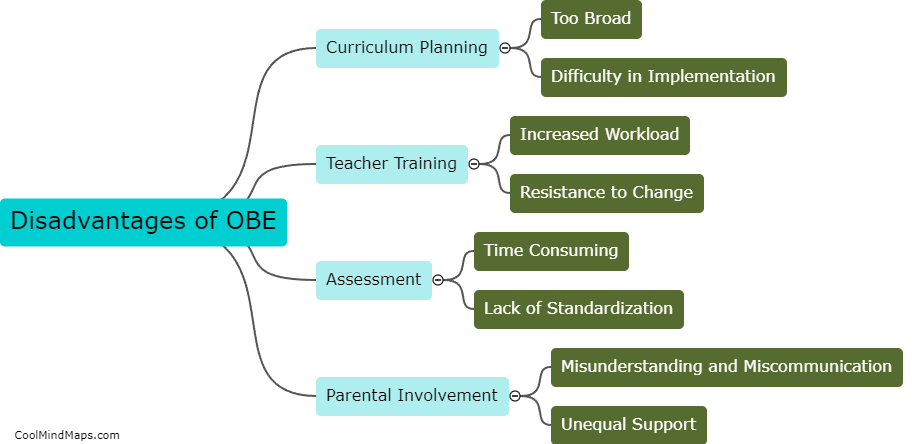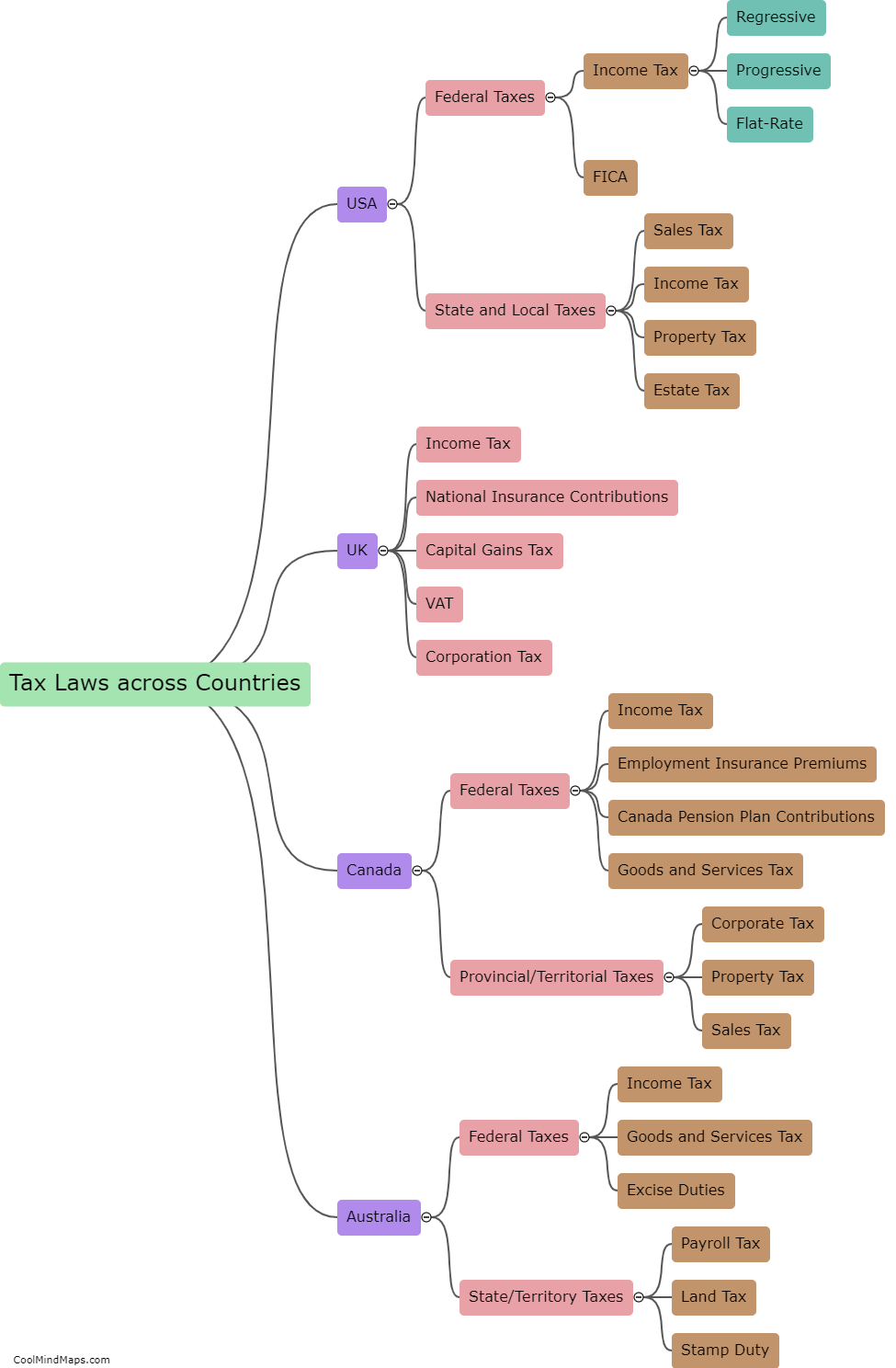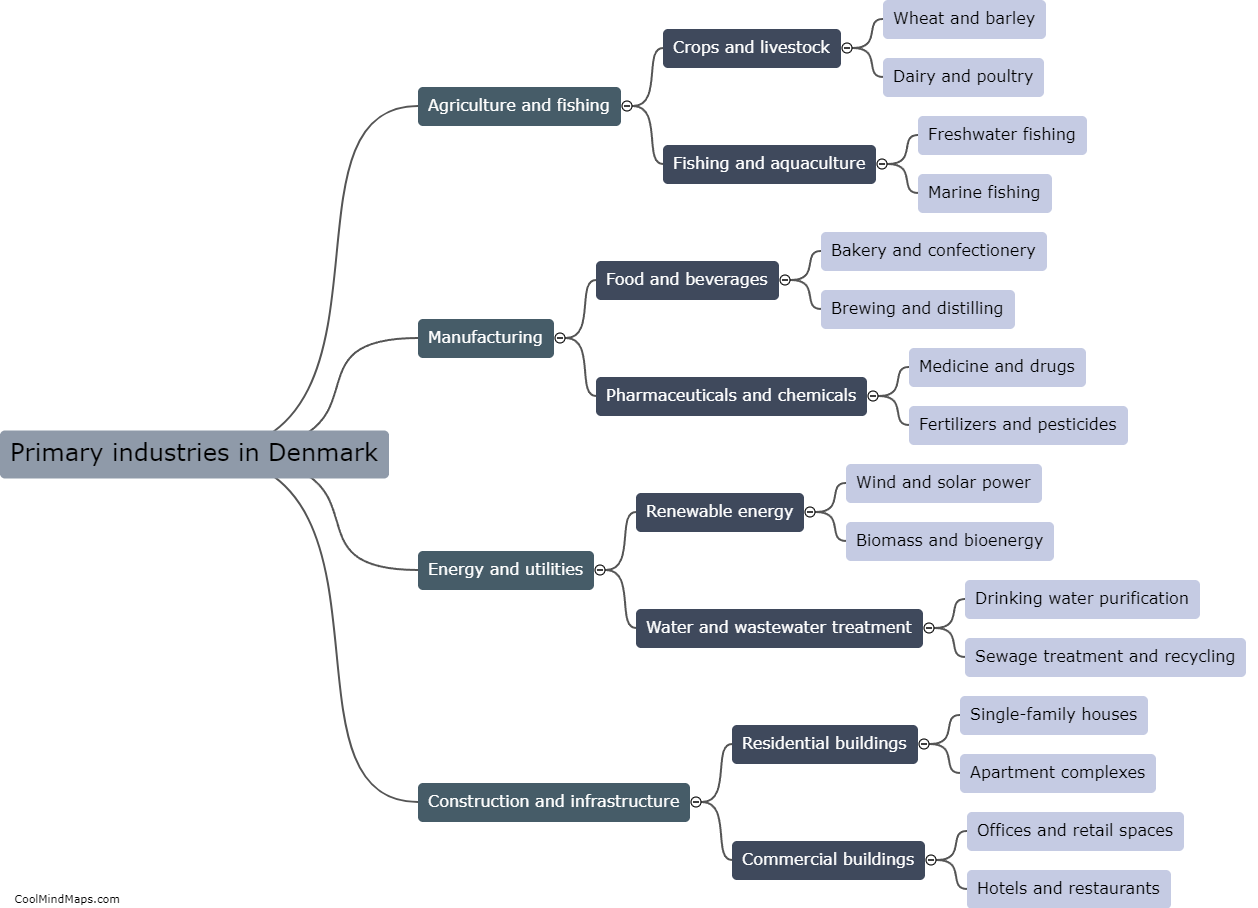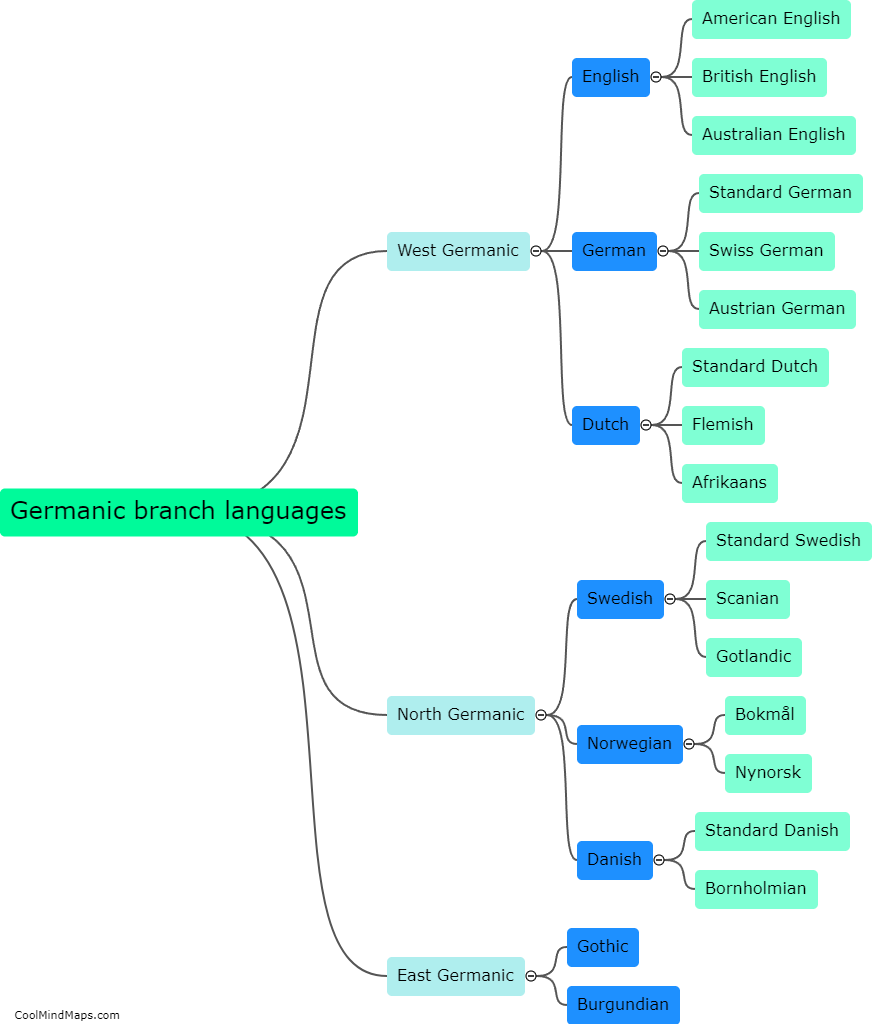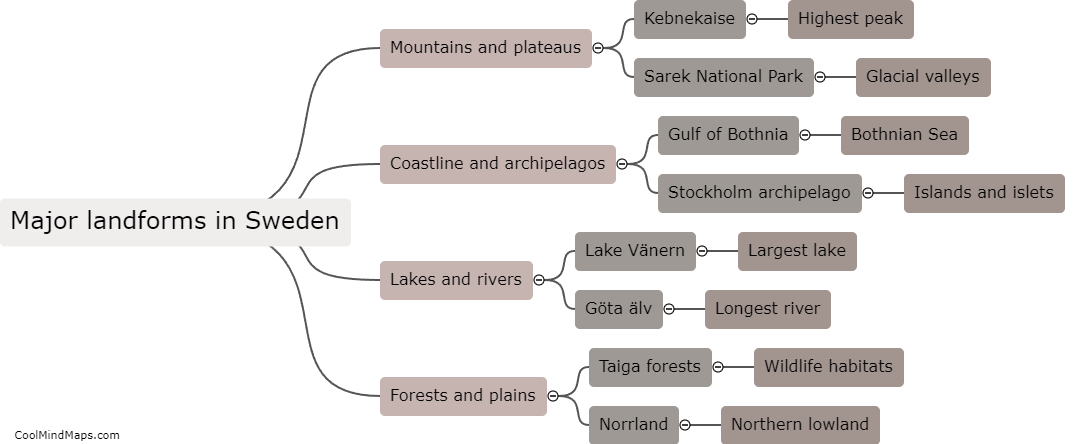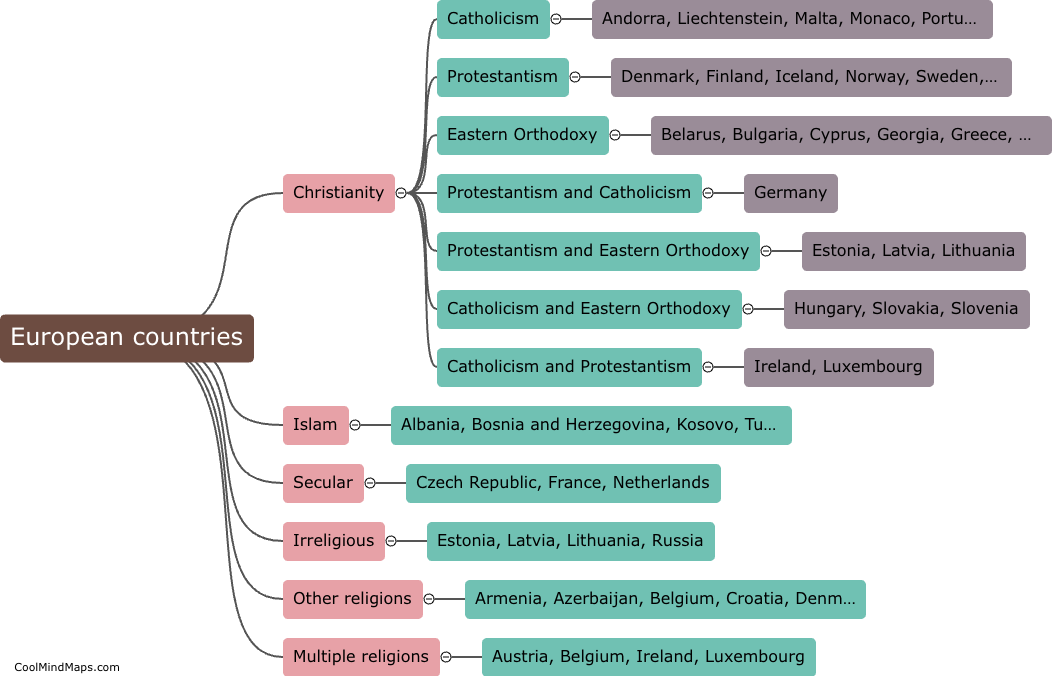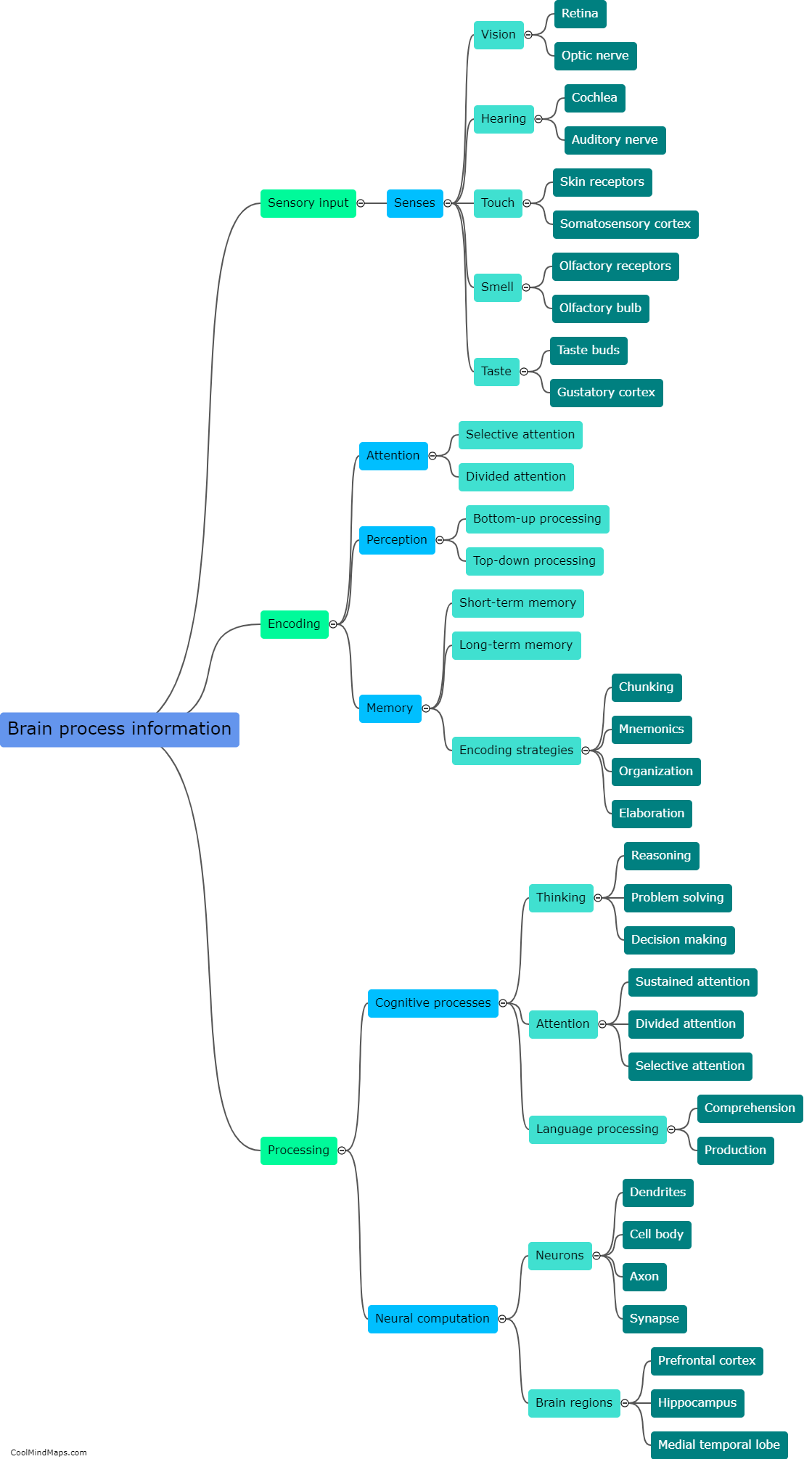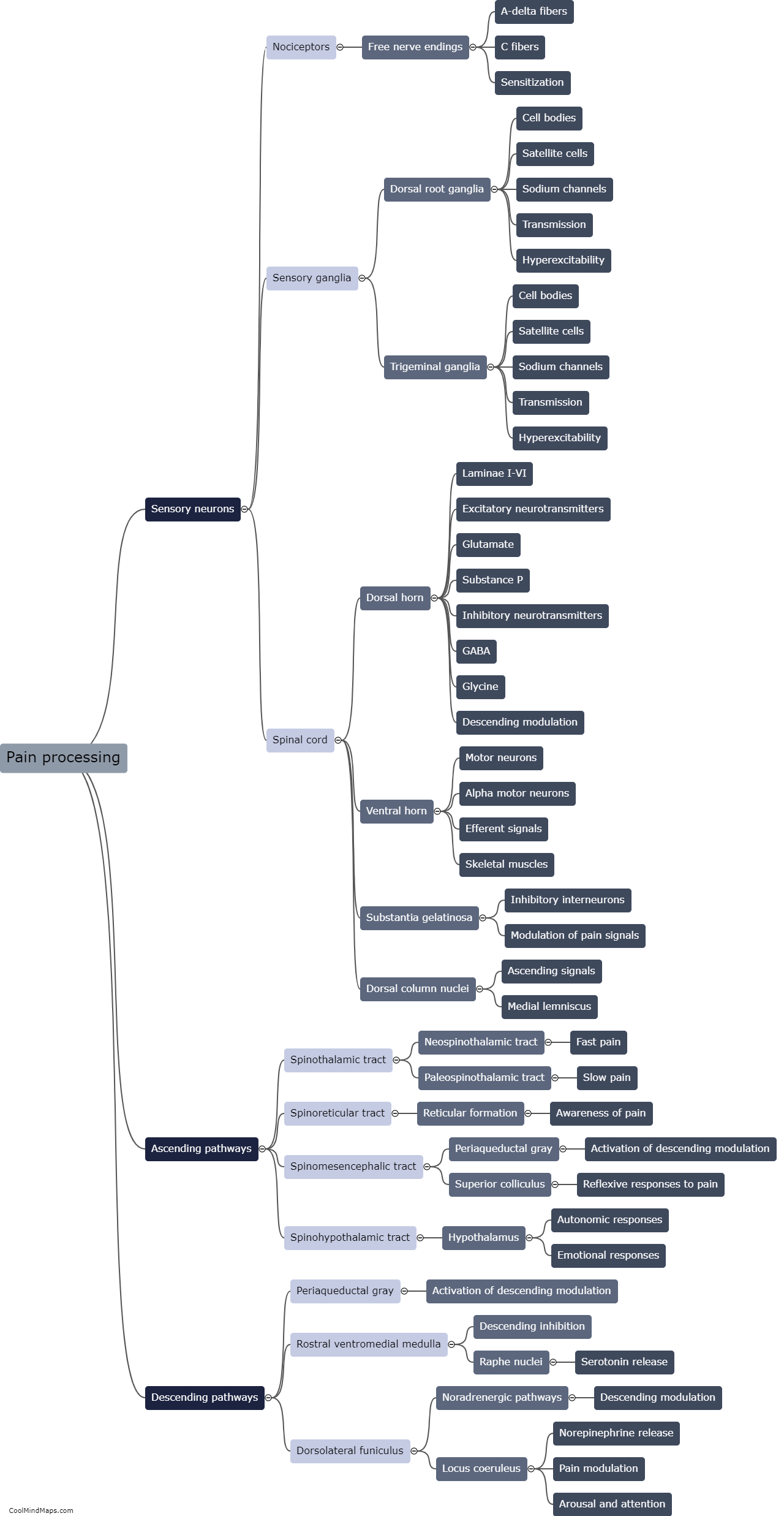How do ecosystems work?
Ecosystems refer to the intricate interactions between living organisms and their physical environment. They operate on the principle of a delicate balance, where all elements within an ecosystem are interconnected and dependent on each other. The key components of an ecosystem include the living organisms (plants, animals, and microorganisms), their physical surroundings (abiotic factors like sunlight, temperature, soil, and water), and the flow of energy and nutrients between them. Ecosystems function through various processes such as energy transfer through food chains and webs, nutrient cycling, and the regulation of populations through natural checks and balances. These interactions promote stability and equilibrium within ecosystems, allowing them to thrive and support the diverse life forms that depend on them.

This mind map was published on 20 October 2023 and has been viewed 116 times.

